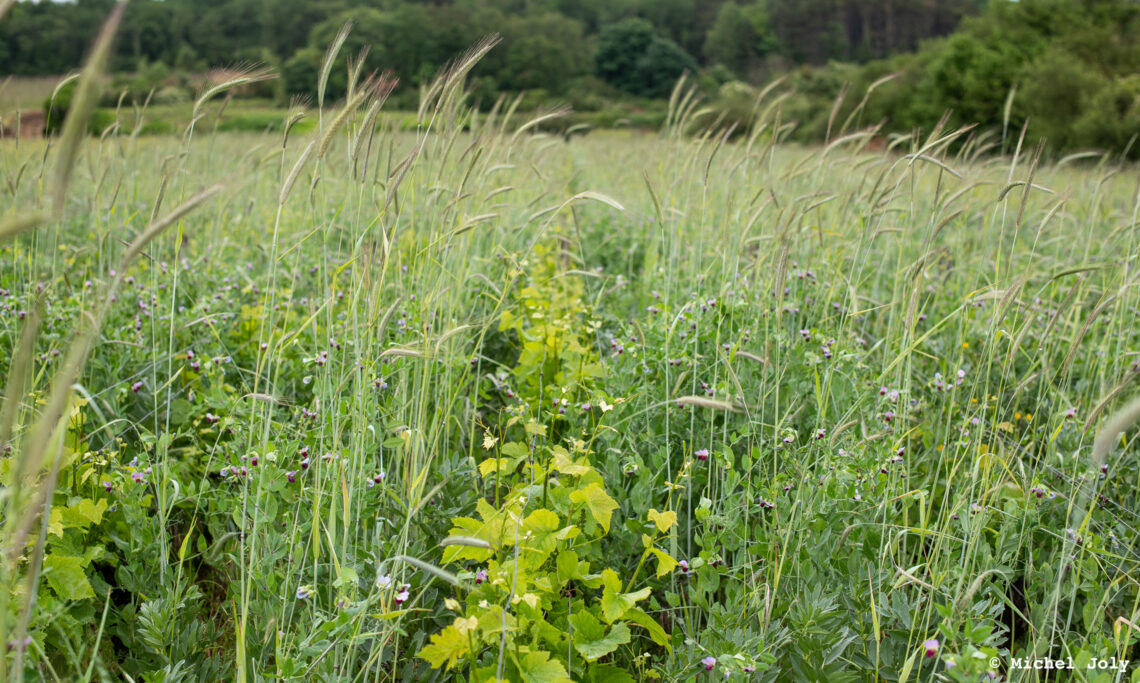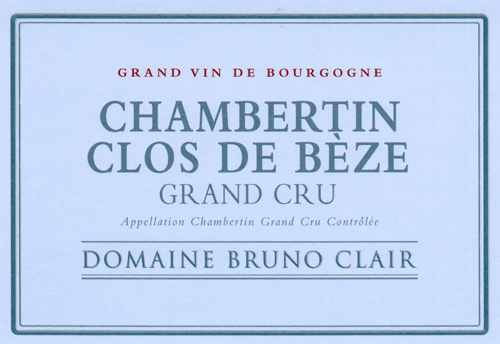Chambertin Clos de Bèze Grand Cru
At a Glance
- Size: 0.98 ha (2.42 ac)
- Variety: Pinot Noir
- Vine Age: 2/3 planted in 1912, 1/3 in 1974 and 1987
- Terroir: Southeast-facing. Extended on slope: poor stony soil at the top, rich clay soil at the bottom
- Viticulture: Sustainable, organic practices
- Vinification: 30-50% whole cluster, ambient yeast fermentation in open wood vats with punch-downs. Aged 18-20 months in barrels (approx. 40% new). Short blending period in tank before bottling.
Additional Info
Etymology:
Chambertin: from Champ de Bertin, Bertin’s field.
Clos de Bèze: because it belonged to the monastery of Bèze.
Jasper Morris: “Chronologically, Clos de Bèze comes first: the monastery of Bèze, north of Dijon, received a donation of existing vineyards here shortly after its foundation in in 630, whereas Monsieur Bertin, who owned the fields which now bear his name, came later. The first surviving reference to Chambertin dates to the 13th century, when Guillaume de Grancey swapped some vines in Champ Bertin with the Abbey of Cluny in 1276.”
Site Description:
Chambertin Clos de Bèze is a 15.4 ha grand cru vineyard. Clos de Bèze may be called Chambertin, but not vice versa.
This vineyard has a moderate to gentle east-facing slope with many small ripples and waves that interrupt the concavity of the slope, creating several gentle pockets as opposed to one large belly. The variability of the topography is likely influenced by a patchwork of faults and microfaults beneath the surface. The north end of Clos de Bèze dips towards the north.
Clos de Bèze has an 11% average slope gradient, which is quite gentle compared to 17% gradient in Clos Saint-Jacques, but it is slightly steeper than Chambertin. Its elevation is 275 to 300 meters; 310 meters for that little bit at the southwest corner at the very top of the slope where the rows run NS.
It is a warmer terroir than Chambertin because the latter has cooler breezes coming from the Combe Grisard above.
Soil:
Premeaux limestone at the top of the slope produces a very thin, pinkish-tan, rocky soil. These light colored soils quickly gain color and texture as they progress downslope, until they become deep, dark brown, water-retentive, clay-rich soils at the bottom. These darker, lower soils are even richer and heavier than at the bottom of Le Clos Saint-Jacques.
The soils are rocky from top to bottom, with a beautiful array of limestone fossils everywhere you look. Pieces of large, fully intact shell fossils can be found amongst the pink Premeaux limestone, from the white oolite from up the slope, and beautiful examples of the small crinoid, or sea lily, fossils are scattered amongst the old vines.
Bedrock:
The top half of Clos de Bèze consist of a thin band of hard, unfractured, pink Premeaux limestone followed by a larger band of hydraulic limestone.
The bottom half consists of a thin band of ostrea acuminata marl which does not extend all the way to the north of the vineyard; and finally, at the bottom of the slope, there is a large band of fossiliferous Crinoidal limestone.
The Clair parcel:
It is 0.98 ha located in the northern third of the vineyard before it dips north. Two thirds of the vines were planted in 1912 (with narrower and more irregular rows than is customary today, and therefore with slightly higher density) and the rest in 1972. The rows go the entire slope and Bruno’s example is a complete expression of the terroir.
With many thanks to geologist Brenna Quigley for putting the physical and geological aspects of these vineyards into words far more meaningful than we could have written on our own. www.brennaquigley.com
We are also indebted to geologist Françoise Vannier of Adama Terroirs Viticoles, who created the bedrock map for Gevrey that Brenna based part her work on. www.adama-terroirs.fr
Wines
-
White
-
Rosé
-
Red
- Aloxe-Corton
- Chambolle-Musigny Les Véroilles
- Chambolle-Musigny 1er Cru Les Charmes
- Fixin Champs Perdrix
- Gevrey-Chambertin
- Gevrey-Chambertin 1er Cru Clos du Fonteny Monopole
- Gevrey-Chambertin 1er Cru Petite Chapelle
- Gevrey-Chambertin 1er Cru Les Cazetiers
- Gevrey-Chambertin 1er Cru Clos Saint-Jacques
- Marsannay Rouge
- Marsannay Les Vaudenelles
- Marsannay La Charme Aux Prêtres
- Marsannay Les Grasses Têtes
- Marsannay Les Longeroies
- Morey-Saint-Denis En La Rue De Vergy
- Savigny-les-Beaune 1er Cru Les Jarrons
- Savigny-les-Beaune 1er Cru La Dominode
- Vosne-Romanée Les Champs Perdrix
- Vosne-Romanée 1er Cru Aux Raignots
- Bonnes-Mares Grand Cru
- Chambertin Clos de Bèze Grand Cru


